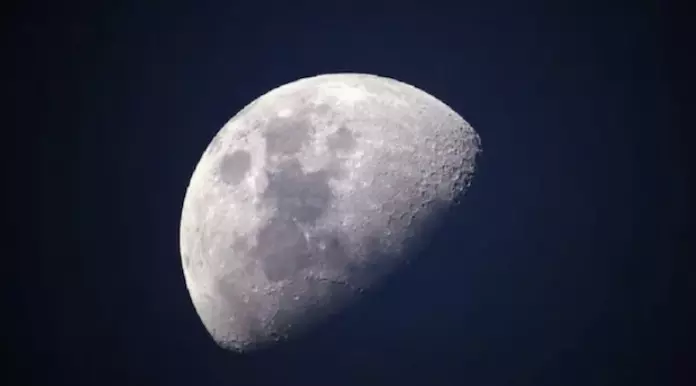New study shows the lunar surface Is more 'Alive' than previously believed
New study shows the lunar surface Is more 'Alive' than previously believed

For years, scientists have believed that the moon was geologically inactive, with no signs of new geological activity beneath its surface. However, a groundbreaking study is challenging this long-standing belief, revealing that the moon is far more geologically active than previously thought. The research has uncovered fresh lunar features, suggesting that geological processes are still ongoing.
Previously, it was believed that the moon's surface solidified from ancient lava flows billions of years ago, implying a period of dormancy. But the new study, which analyzed structures on the far side of the moon (permanently hidden from Earth's view), indicates that geological activity is still shaping the lunar landscape.
The study, published in the Planetary Science Journal, involved sophisticated mapping and modeling techniques to examine 266 elevated regions on the moon's far side. These elevated regions, some of which are less than 200 million years old, reveal that the small mountain peaks in these areas are much younger than earlier estimates suggested.
While past research placed the formation of the moon's volcanic peaks around 3.2 to 3.6 billion years ago, the new findings point to the possibility that some of these peaks were formed much more recently. Researchers used a technique called "crater counting" to assess the age of these peaks, with younger peaks showing fewer craters. Peaks with denser crater concentrations were determined to be older, having been exposed to more impacts over time.
Some of the raised landforms were found to intersect existing craters, leading scientists to conclude that these features were formed by tectonic activity as recently as 160 million years ago. The study's lead researcher, Jacqueline Clark, notes that these landforms share similar characteristics across the lunar surface, suggesting that they may have formed through a common process driven by the moon's gradual shrinking and shifts in its orbit.
These findings not only challenge the belief that the moon has been geologically dormant for billions of years, but also open up new avenues for understanding the moon's evolving geological history. The discovery marks a significant shift in our understanding of lunar activity, indicating that the moon is far from lifeless.

